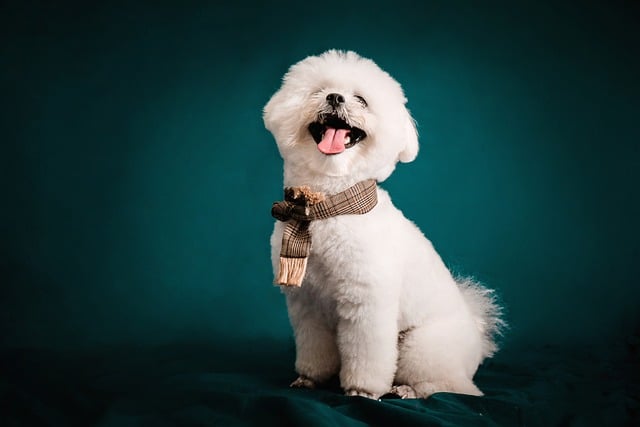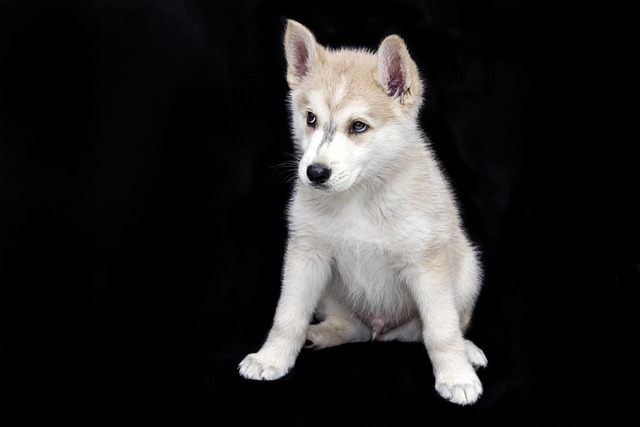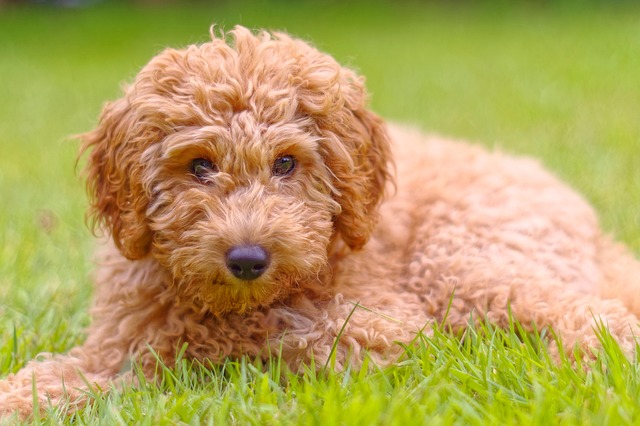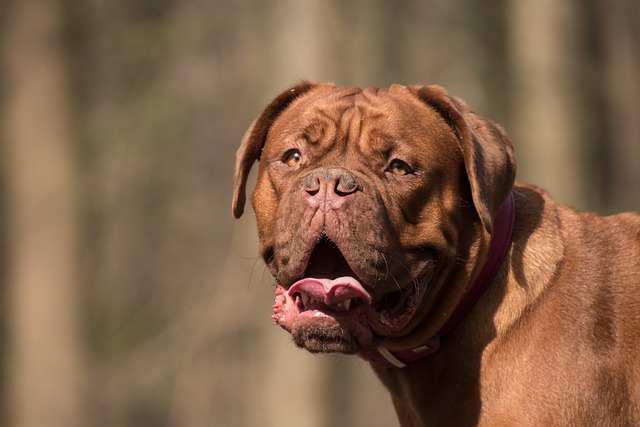
what do i need to dog sit
Agreeing to dog sit for a neighbor or friend can feel exciting—until you realize you’re not sure what supplies or steps you actually need.
Picture your Golden Retriever curling up in a bed that seems too tiny—why do some dogs choose snug over spacious? Let’s explore the science behind bed size preferences with vet insights and real pet stories, blending instinctual behavior with practical factors.
Nesting instincts drive the love for small beds. Wild canines seek burrows that mimic their body shape, so a compact bed triggers their denning instinct. My rescue mutt, Bailey, always opts for her 24-inch donut bed during storms. "Small beds create a secure haven, like natural shelters," a canine behaviorist explains.
Body size vs. bed preference varies wildly. My 60-pound Labrador, Max, should use a 42-inch bed but often squeezes into his 36-inch orthopedic mat. "Some dogs prioritize coziness over legroom, especially if they sleep curled," my vet notes. It’s common in breeds that naturally curl up to rest.
Anxiety levels influence bed size choices. Anxious dogs often seek smaller beds for comfort. My neighbor’s rescue Shepherd, Zeus, destroyed large beds until he found a 30-inch model. "Enclosed spaces reduce stress by mimicking protective burrows," a trainer says.
Sleeping positions reveal size preferences. Curling breeds like Pugs thrive in small beds, while sprawlers like Great Danes need more space. Zeus alternates: he uses a large bed when relaxed but picks a smaller one during thunderstorms.

Temperature plays a key role in bed choice. In cold weather, dogs gravitate toward smaller beds to conserve heat. My Alaskan Malamute switches from a 48-inch cooling mat in summer to a 36-inch fleece bed in winter. "Warmth trumps space when temperatures drop," a groomer notes.
Medical conditions affect bed size needs. Senior dogs with arthritis may avoid large beds that require extra movement. My 12-year-old Retriever, Luna, stays near her 30-inch bed for easy access. "Mobility issues make compact beds more practical," my vet explains.
Training and past experiences shape preferences. Bailey, who was crate-trained, sees small beds as safe zones. "Early associations matter—positive reinforcement for using a small bed reinforces her choice," a behaviorist says.
Material texture can override size preferences. Max ignored his new large bed until I added a fleece cover. "Soft materials make a big bed feel cozy," my neighbor says. Now he uses both sizes based on his mood.
Local safety regulations apply to bed sizing. In the EU, pet beds must allow natural movement; in the US, AAFCO recommends beds proportional to breed size. "Even if they prefer small beds, ensure enough space for stretching," a lawyer friend warns.
Chewing habits influence bed size choices. Destructive chewers often prefer smaller beds they can fully occupy. Luna’s teething puppy destroyed a large bed but left his compact model intact. "Smaller beds feel more manageable to chewers," a trainer observes.
Age impacts bed size preferences. Puppies often prefer small beds that mimic littermate warmth. My friend’s 10-week-old Shepherd sleeps in a 20-inch bed, graduating to larger sizes as he grows. "Developmental stages dictate needs," a breeder says.
Observation is key to choosing the right bed. Notice how your dog sleeps: curled tight or stretched out? Max showed me he wants variety by alternating between bed sizes. "Their behavior is the best guide," my vet smiles.
Ultimately, no one-size-fits-all answer exists. For Bailey, small beds mean security; for Max, they’re cozy retreats. "Dogs balance instinct, comfort, and environment when choosing bed size," my behaviorist says. With patience and observation, you’ll find the perfect fit—big or small—for your pup’s peaceful slumber.

Agreeing to dog sit for a neighbor or friend can feel exciting—until you realize you’re not sure what supplies or steps you actually need.

Walking into a pet store for the first time can feel like navigating a maze—endless aisles of toys, beds, and gadgets make it hard to tell what’s a “nice-to-have”

If you’ve grabbed a bag of “regular” puppy food for your new Shih Tzu or Mini Poodle puppy, you might be wondering if it’s really up to the task.

Chihuahuas’ tiny size often tricks people into thinking they’re low-effort pets, but the truth is their care leans into specific needs rather than constant work.

If you’ve ever flipped over a store-bought dog treat bag and squinted at the long list of unpronounceable ingredients, you’re not alone.

If your vet mentioned your dog needs to shed a few pounds—maybe your golden retriever is struggling to climb stairs, or your corgi’s waistline has disappeared